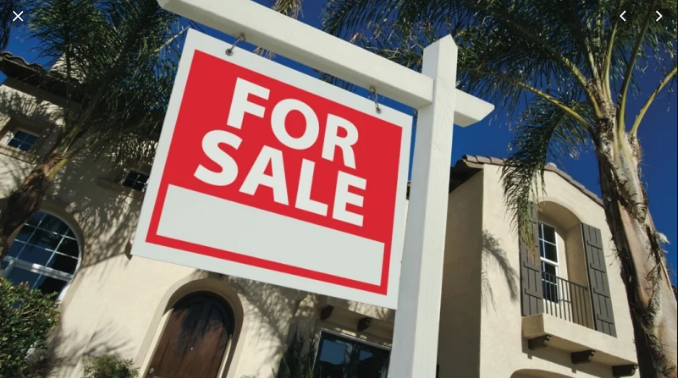Checking in on the property market this week, I attended a Residential Property Market Update presented by Michael Watson from La Trobe Financial Here’s what I learned.
Property prices are forecast to improve across Australia, where the state of the housing market continues to be a hot topic for people in search of financial and investment advice.
Residential Property
First home buyers are now inhabiting 20% of the residential lending market. Recent record low interest rates, government tax concessions and a slight easing of lending restrictions have opened the door to people hoping to enter the property market for the first time. As a result, the residential property market is continuing its current upwards trend and the forecast is strong.
It appears that the recent slump in housing prices is over. The Melbourne property market fell 10.8% from its peak position in November 2017, while Sydney dropped 14.7% over the same period. Now seeing an upswing in buyer confidence, house prices are stabilising throughout all Australian capital cities, and there is also indication of a rise in housing prices occurring across the board.
Interestingly, Michael Watson also explained that, in general, Australians are holding onto our houses for longer than we have in the past. This, plus the rising demand of the strengthening housing market, will potentially create a supply shortfall which could make it harder for buyers to find property in coming months.
Property Investment
People looking to invest in property must ensure they enter this market wisely. Research and knowledge of current trends and predicted outcomes is imperative. Over the past 30 years, Australian housing prices have increased on average by 7.25% per year, and over the inflation-targeting period by around 7 per cent per year (Source: RBA) . According to Watson, investors are back on the hunt for resilient, capital-stable and income-producing properties. The increasing Australian population (recent ABS projections predict population growth of 400,000+ per annum, implying a need for 200,000 dwellings per annum) will only serve to increase competition and, potentially decrease affordability for investors and residential buyers alike.
At this point, the fundamentals of the property market remain strong. House prices are stabilising (and increasing) throughout Australia, and credit quality is improving across the banking and finance industry. After a noticeable slump during the past 12-18 months, as we now head into Spring’s prime real estate period we can expect to see definite growth in the housing market.
Additional information: QBE Australian Housing Outlook 2019-2022 Report

